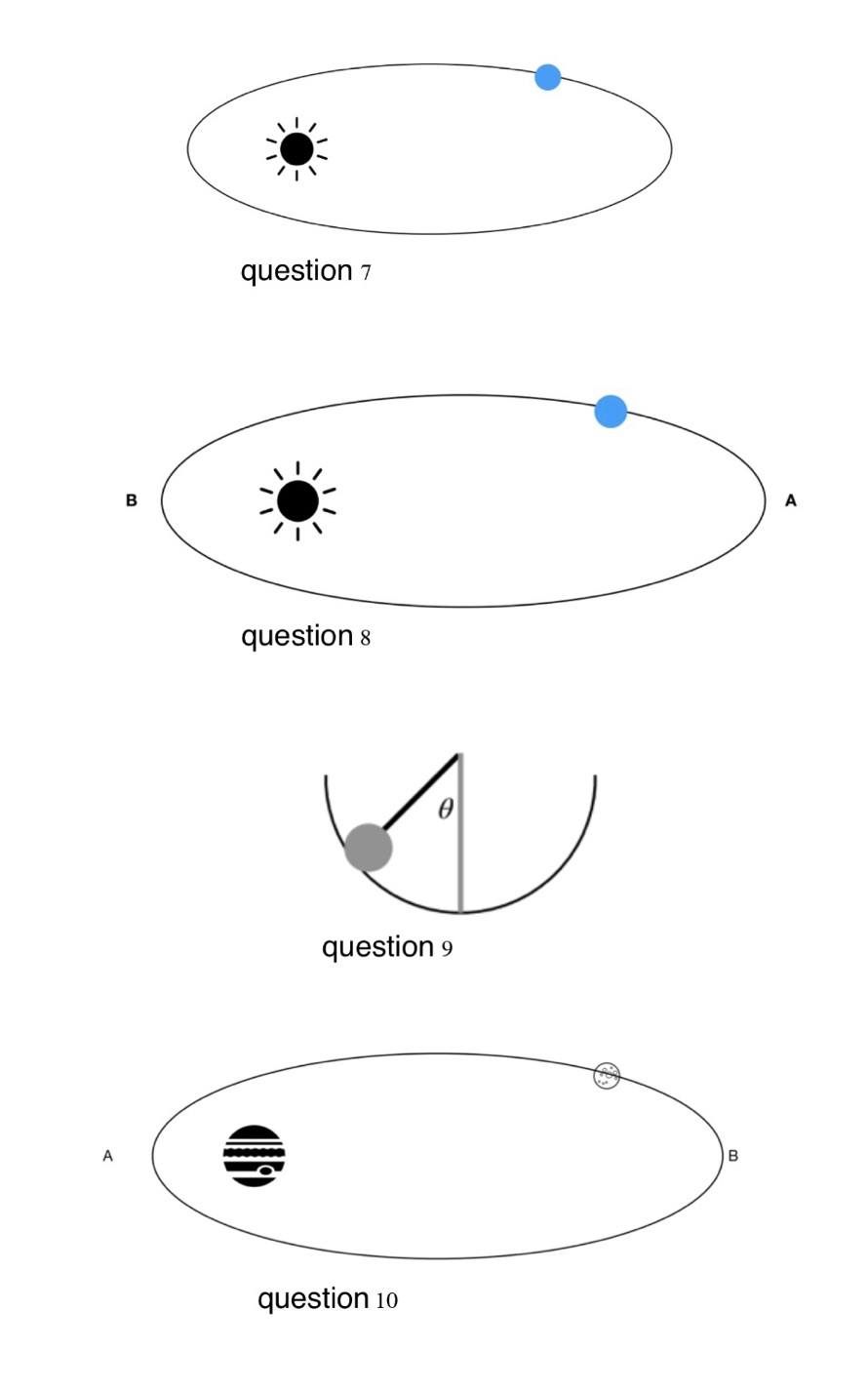Question
5) You may have always wondered how fast must you throw a 10 g marble so that is never returns back to the Earth. This
5) You may have always wondered how fast must you throw a 10 g marble so that is never returns back to the Earth. This is called the escape speed? The standard way to solve this is to use conservation of energy. When you throw the marble, the marble has both kinetic energy and potential energy. If the marble makes it very far away from the Earth, then all of the kinetic energy has been used up and it Is so far away from the Earth, that the potential energy is zero To solve this problem you will need to use P. E gravity = - G(m1m2/r) for the gravitational potential energy. What is the escape speed for Earth? What is the escape speed for Jupiter? Your initial potential energy is calculated using the radius of the planet - that is the distance from the center of the planet to the location of the obiect that is being thrown. This is also a fairly standard problem, a little internet search will get the result, I am ok with that for this problem.) 6) Consider a planet in a uniform circular orbit. Why is the work due to gravity zero? 7) Consider a planet in an elliptical orbit (rotating counter clockwise). Use conservation of energy to arque that the planet has a higher velocity when it is closer to the star. (Image needed in picture attached) 8) Consider a planet in an elliptical orbit around a star (rotating counter clockwise). Is the work negative, or zero? is the work young rom A 40 A*a complete revolution) positue, negative, or zero? (Image needed in picture attached) 9) A marble is released from rest in a circular shaped valley at an angle O. The valley has a radius R. What is the speed of the marble at the bottom of the valley? (Image needed in picture attached) 10) Suppose a moon orbits a planet in an elliptical orbit (counter clockwise rotation) as shown below. Let us consider the case that the moon is experiencing tidal heating. If the moon starts at position B, then does the moon make it back to b on the next orbit? Explain your answer. How does this process eventually play out? (Image needed in picture attached)

Step by Step Solution
There are 3 Steps involved in it
Step: 1

Get Instant Access to Expert-Tailored Solutions
See step-by-step solutions with expert insights and AI powered tools for academic success
Step: 2

Step: 3

Ace Your Homework with AI
Get the answers you need in no time with our AI-driven, step-by-step assistance
Get Started


